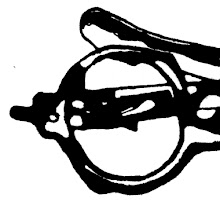From the blurb: "Ramona Koval’s By the Book is about reading and living, and about the authors that have written themselves into her life: from Oliver Sacks to Oscar Wilde, Christina Stead to Grace Paley. It is about learning to read (and asking her mother to buy her a copy of the Kama Sutra), about love and science (and her childhood ambition to be Marie Curie), about arctic exploration (and her ruminations on what part of a husky she would eat if she had to), about poetry and travel and falling in love."
One thought was to do a metabook cover, like Penguin by Design. But I had been working on Geordie Williamson's The Burning Library and one turn of the spinal tap was enough. It seemed better to go with a classic look, which would fit nicely on a shelf with the books which had inspired the author.
There is this passage in the book:
Two books sit, one upon the other, on a plant stand in the corner of my room... They were given to me when a [late] friend and her husband came for lunch one day. She was an artist and the books were from her recent exhibition to do with bees and temples.They now completely encased by wax that had been deposited on them by bees after she had placed the books in the beehive and left them to be worked upon ...The waxed books are here as I write. I wonder which books they are but I don’t want to disturb the seals on them that would break of I opened them. They might be a message from the grave. They might not be.A beautiful mystery. Wax and bees – a book as beehive, words as pollen transformed by reading into honey. And so an image emerges for a cover. Three design niceties: the bees and wattle (local resource) are life size, allowing a certain trompe l'oeil effect; the drop of honey makes a lens which distorts the L in Koval, and the Text logo fits neatly into the bottom left loop of the ribbon border.



















